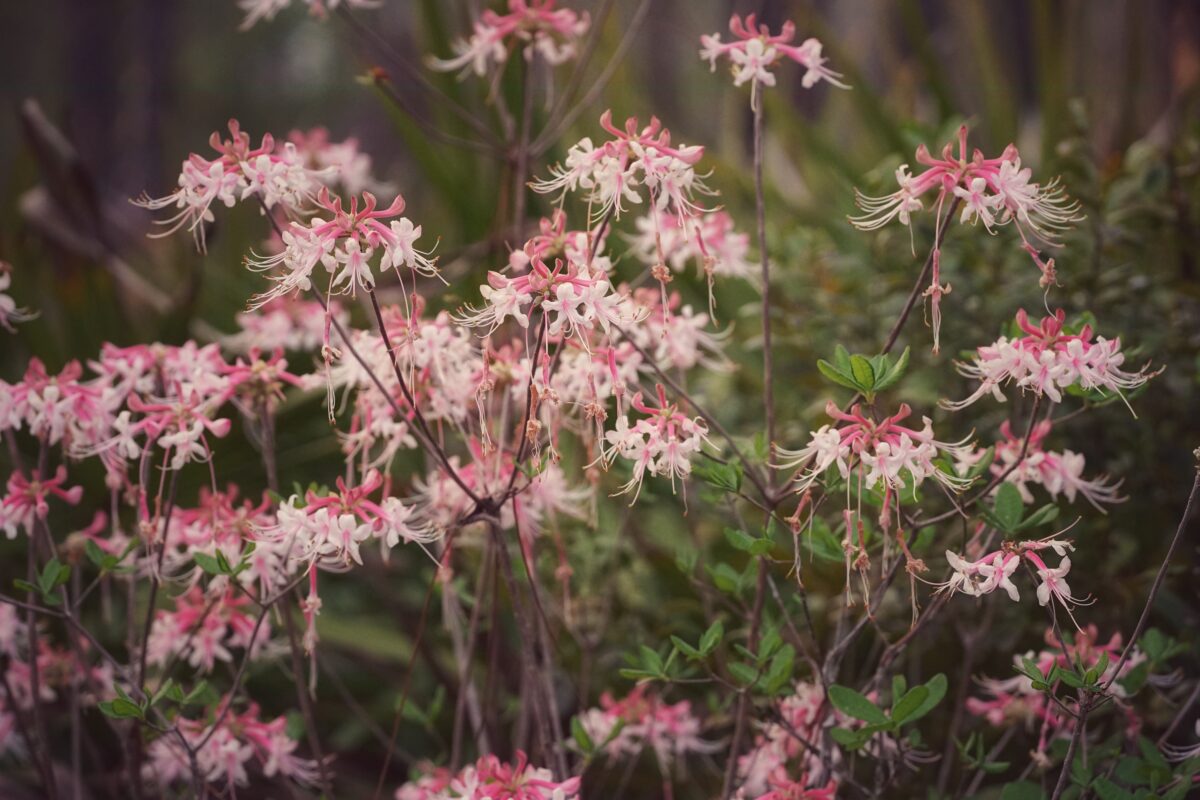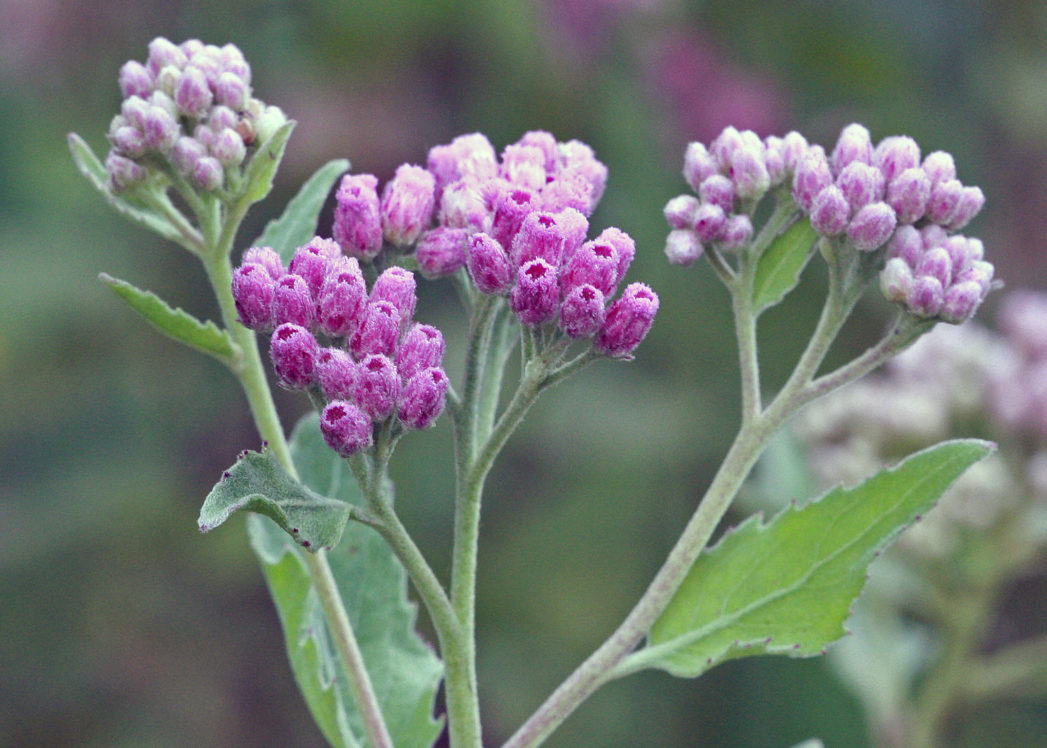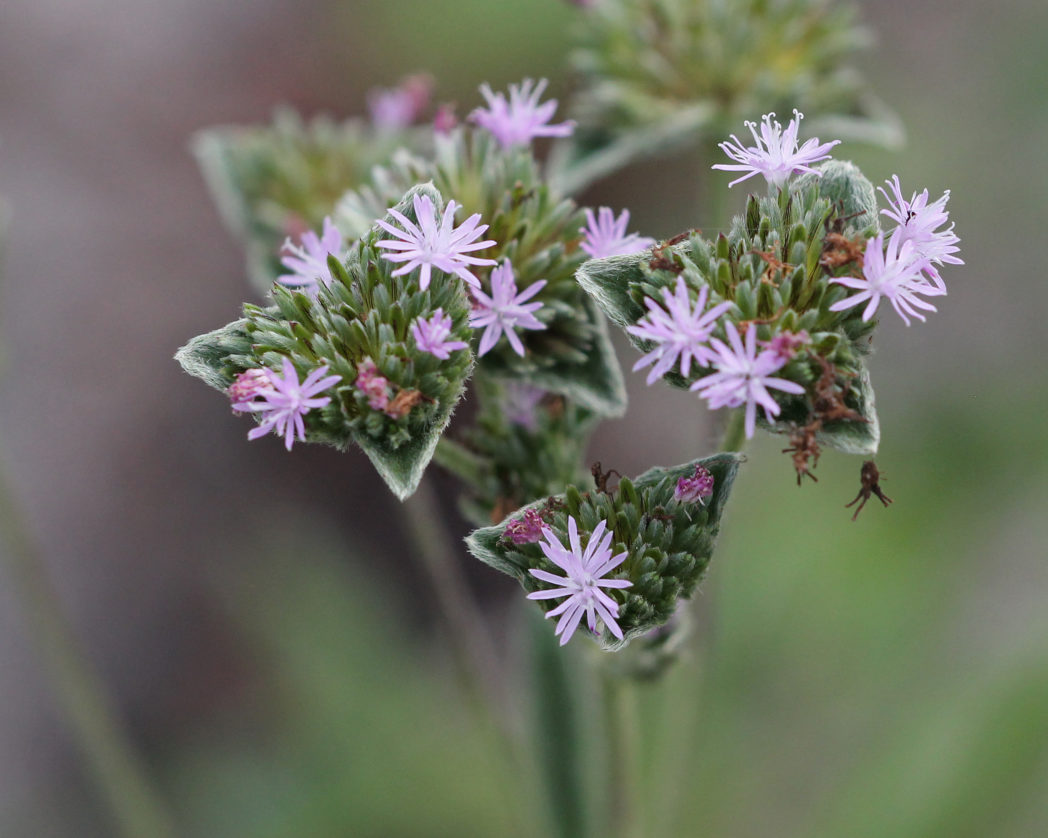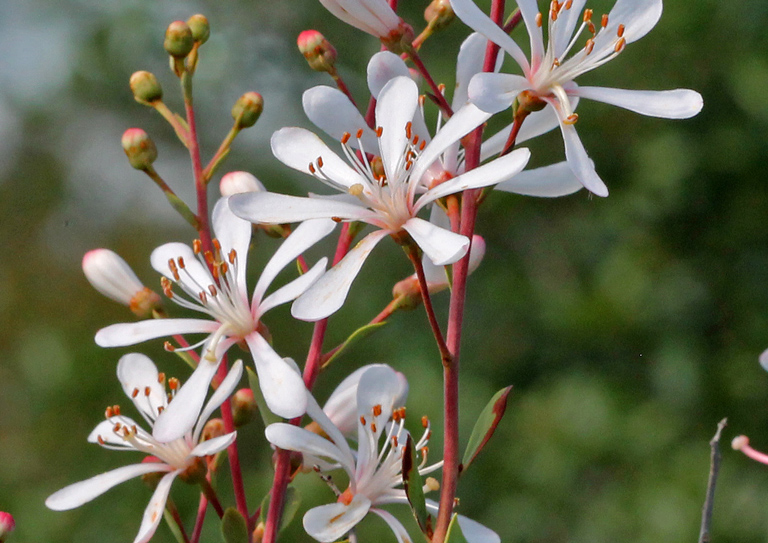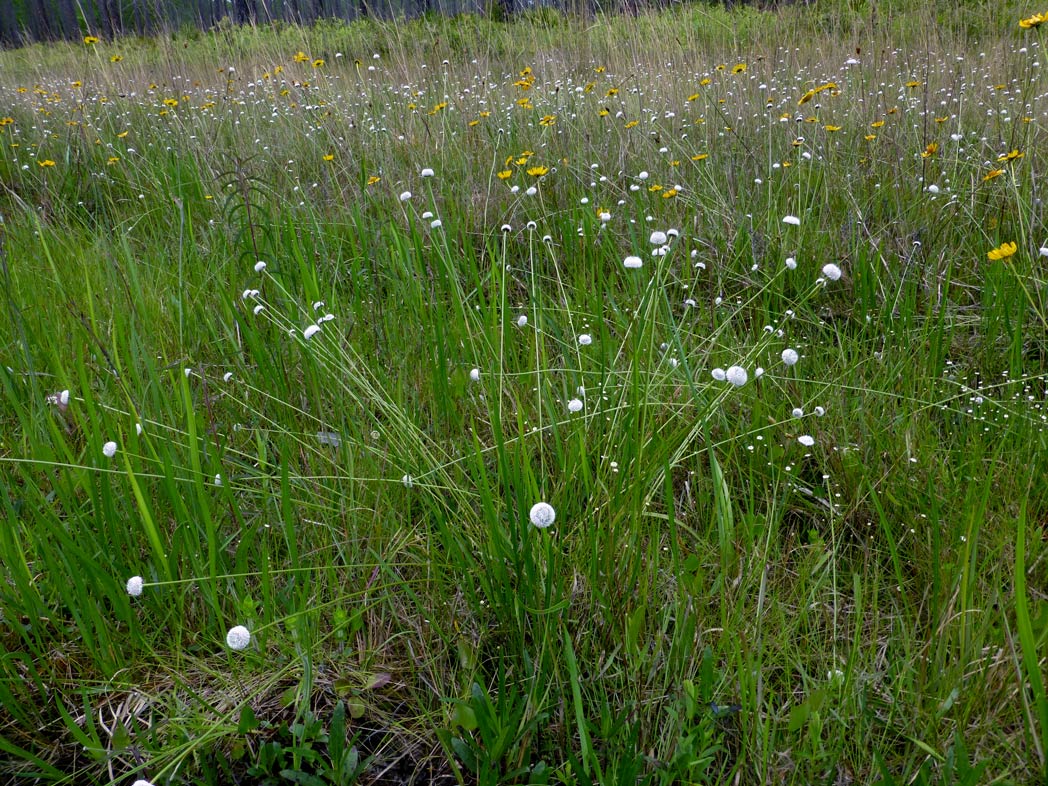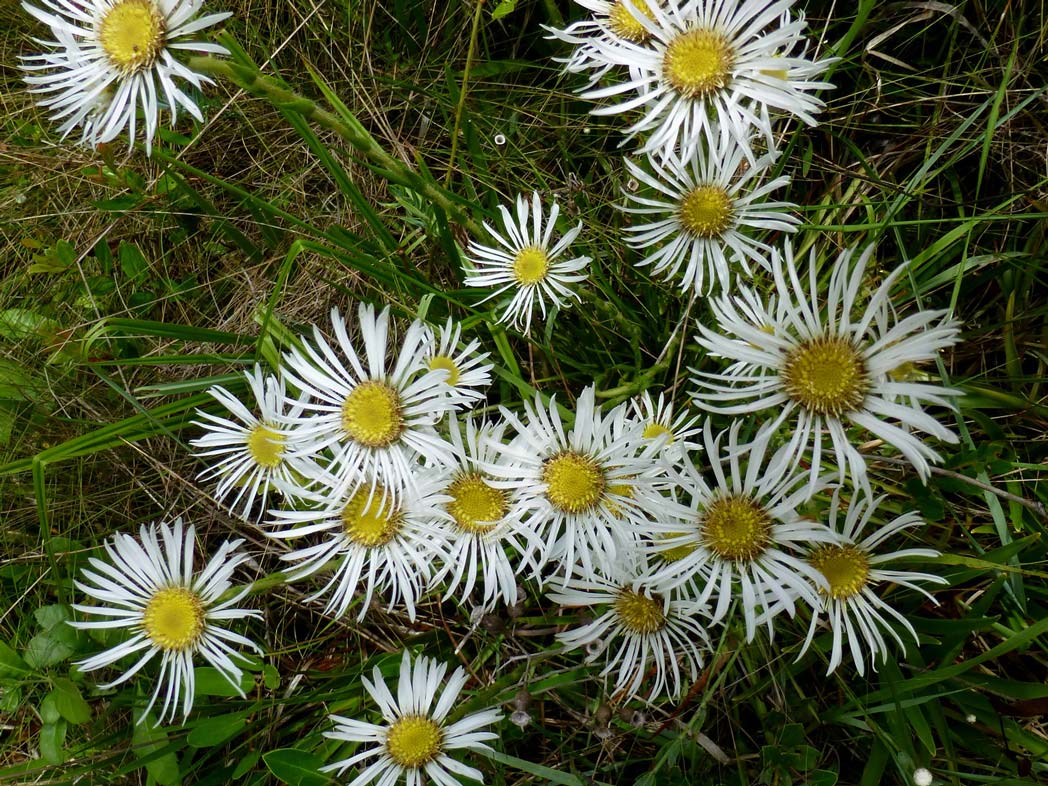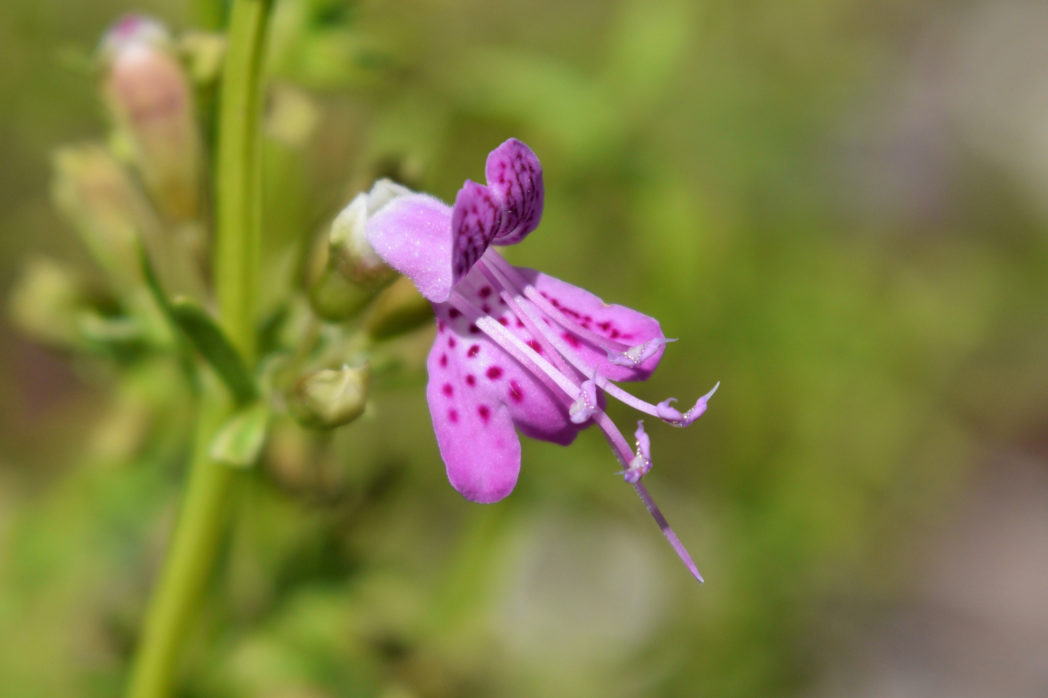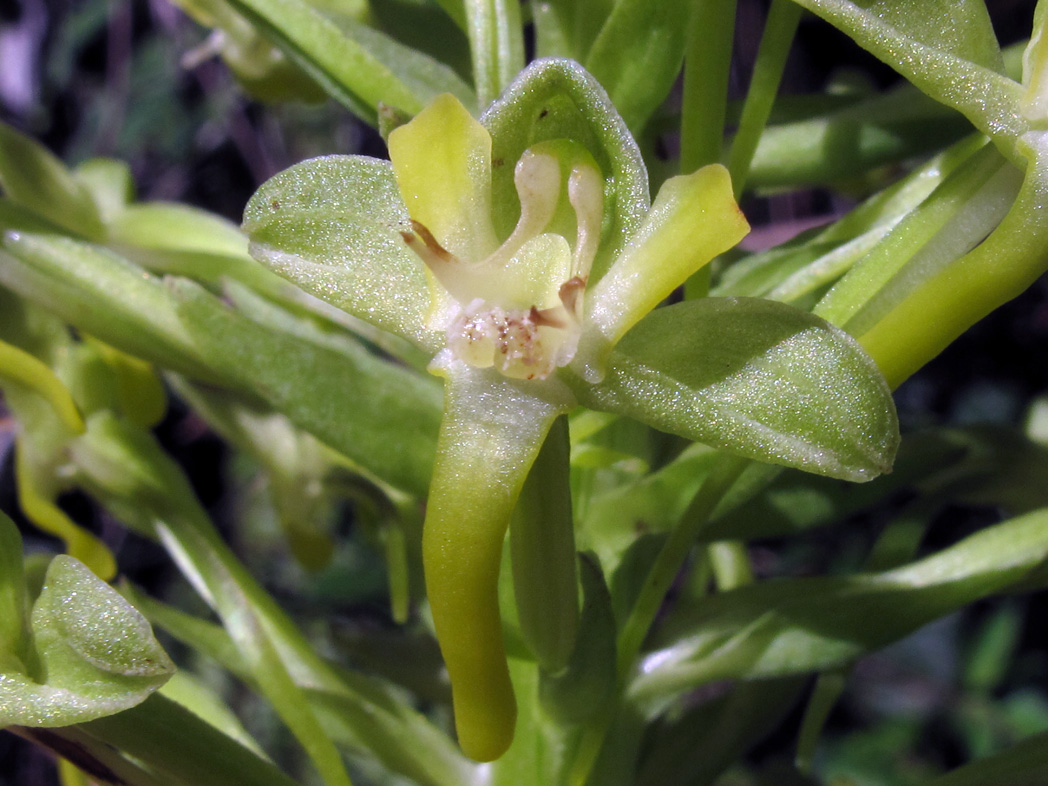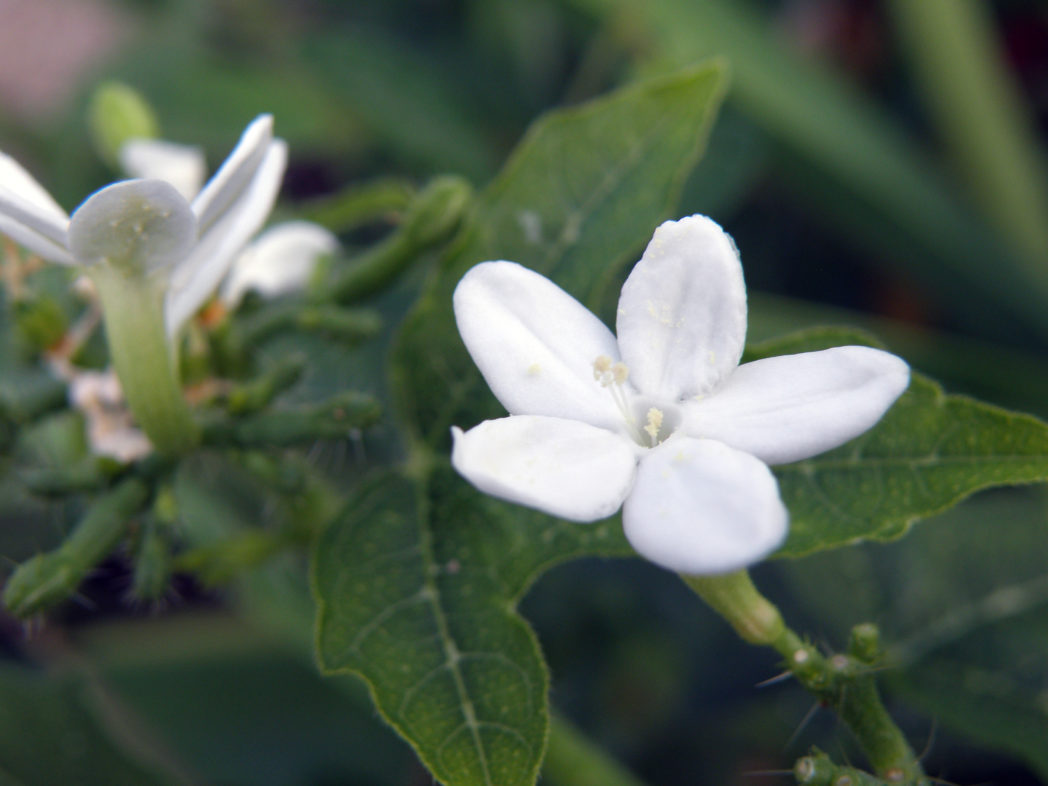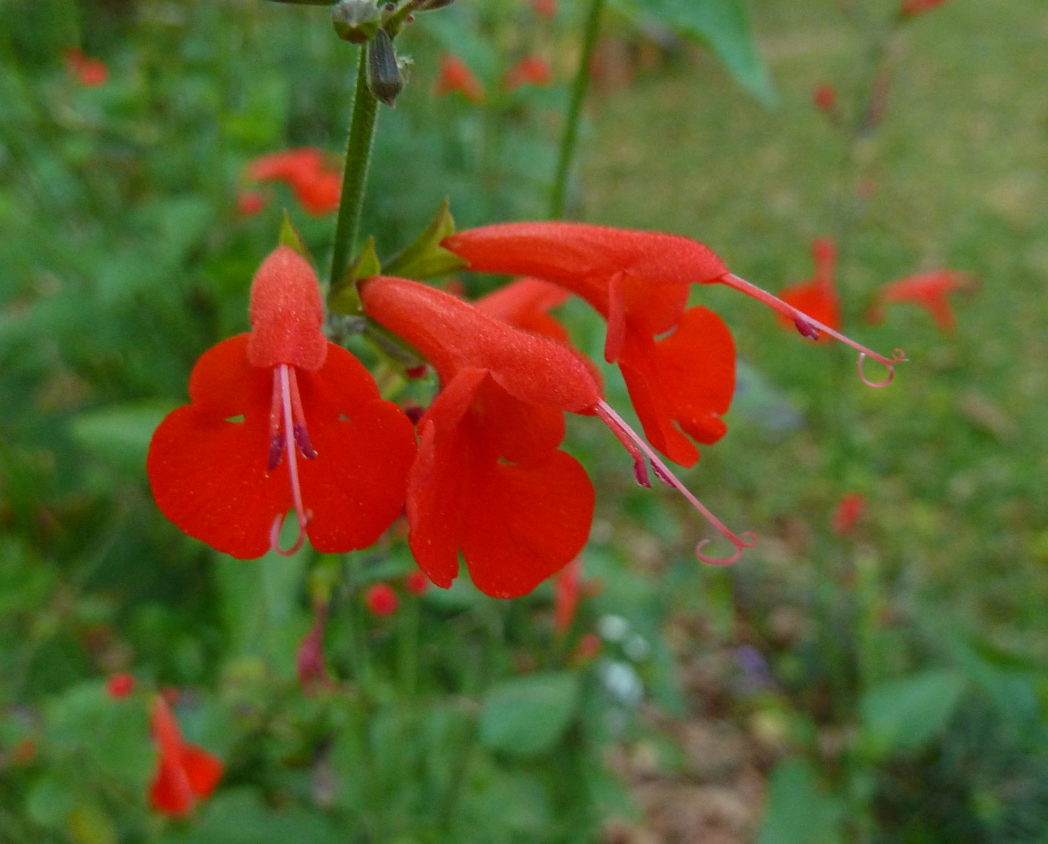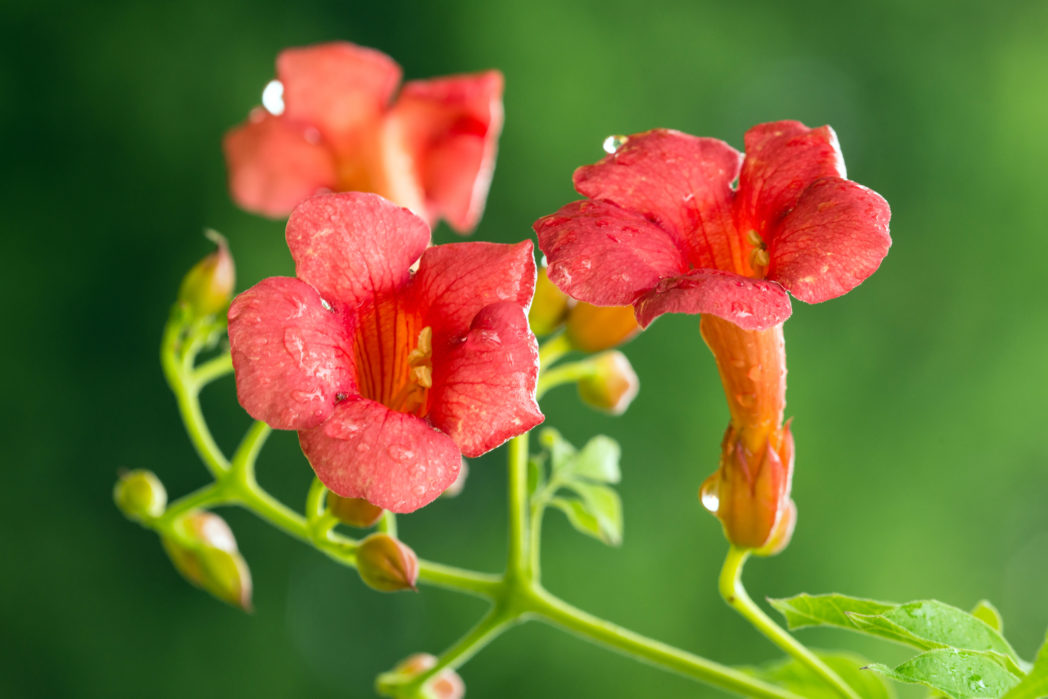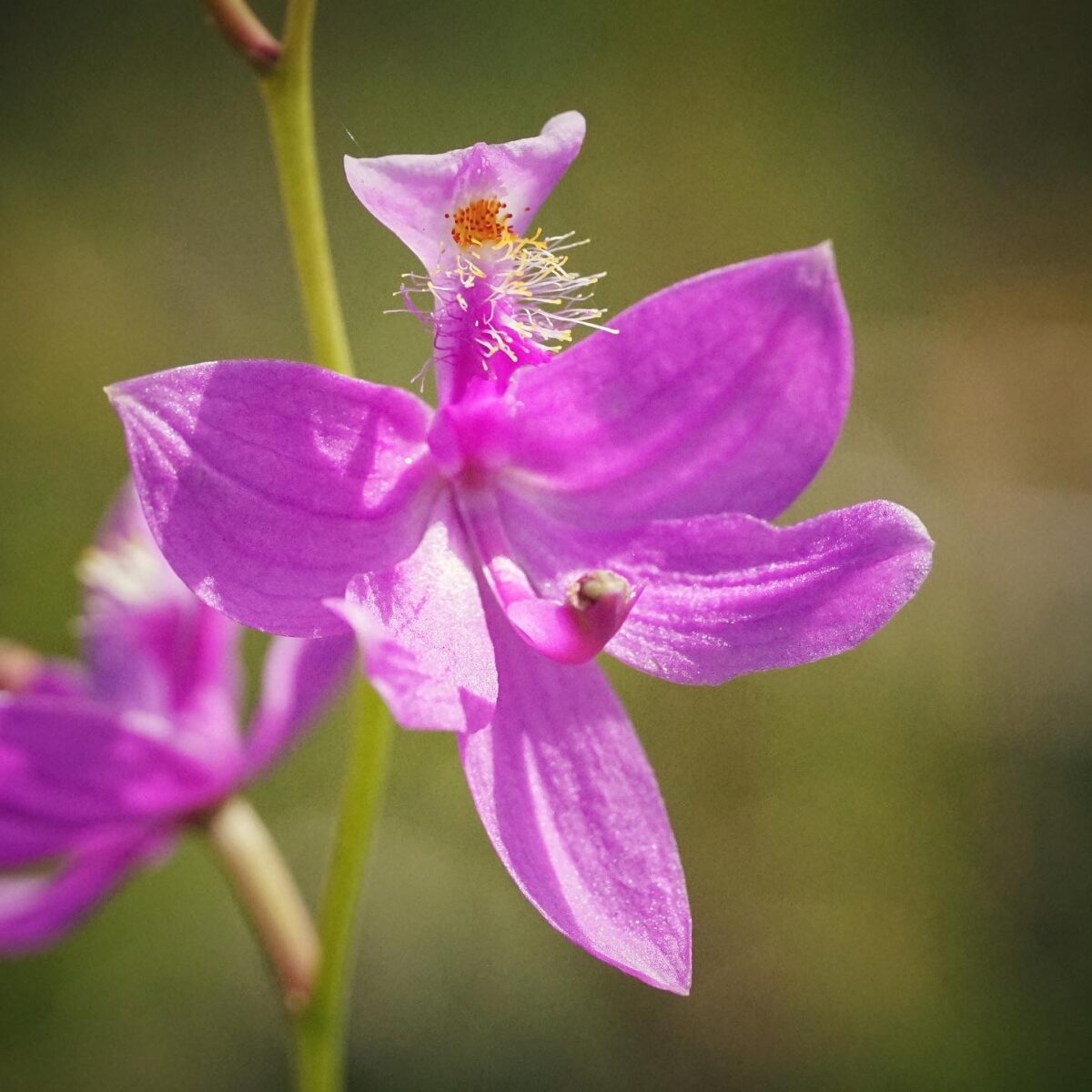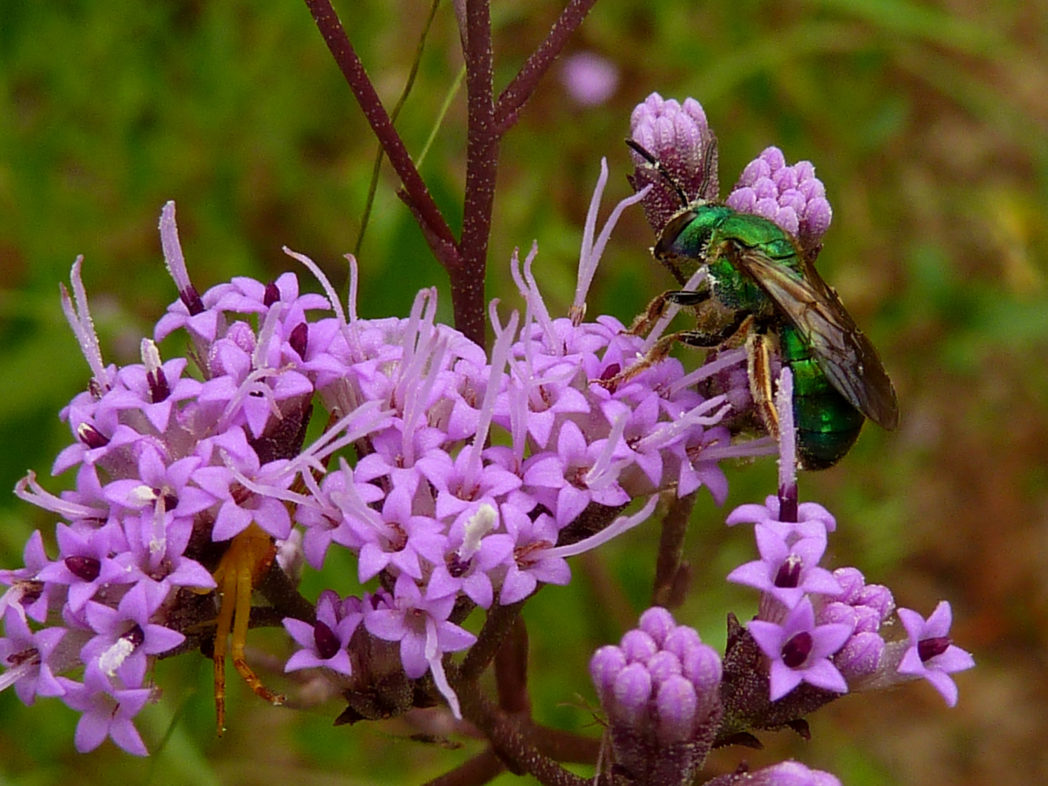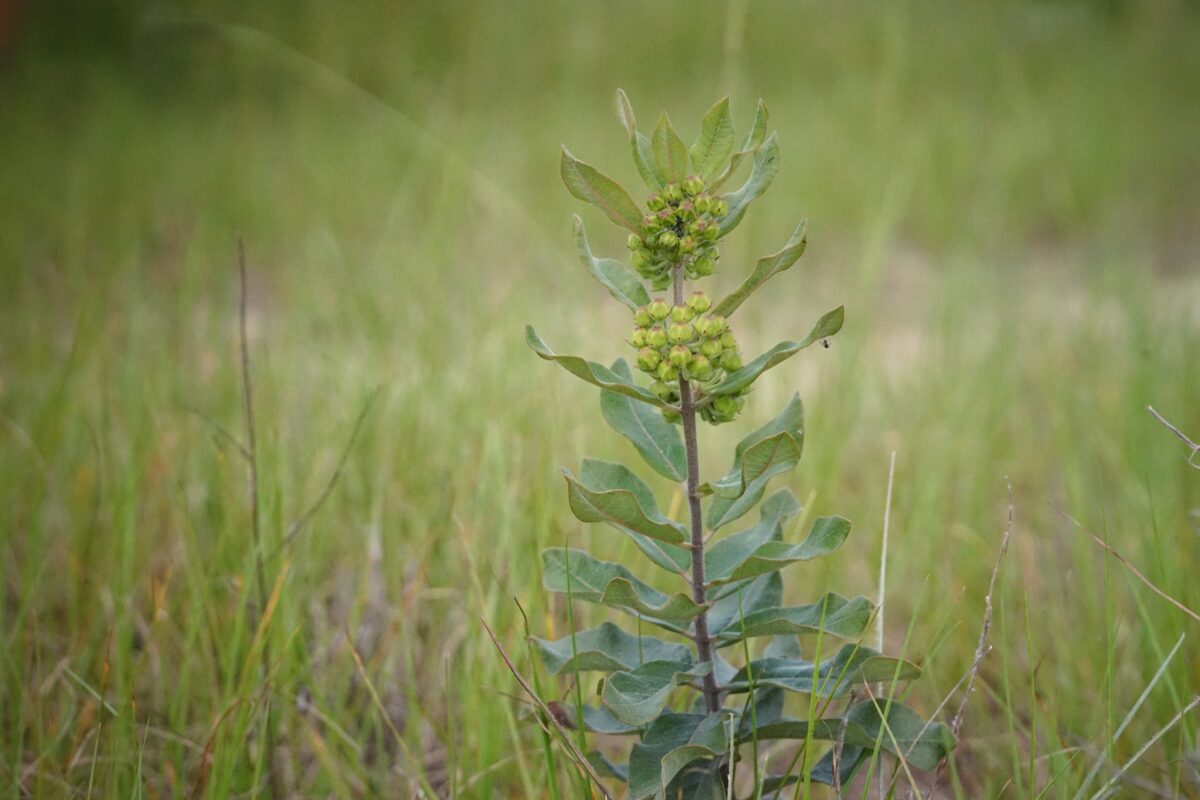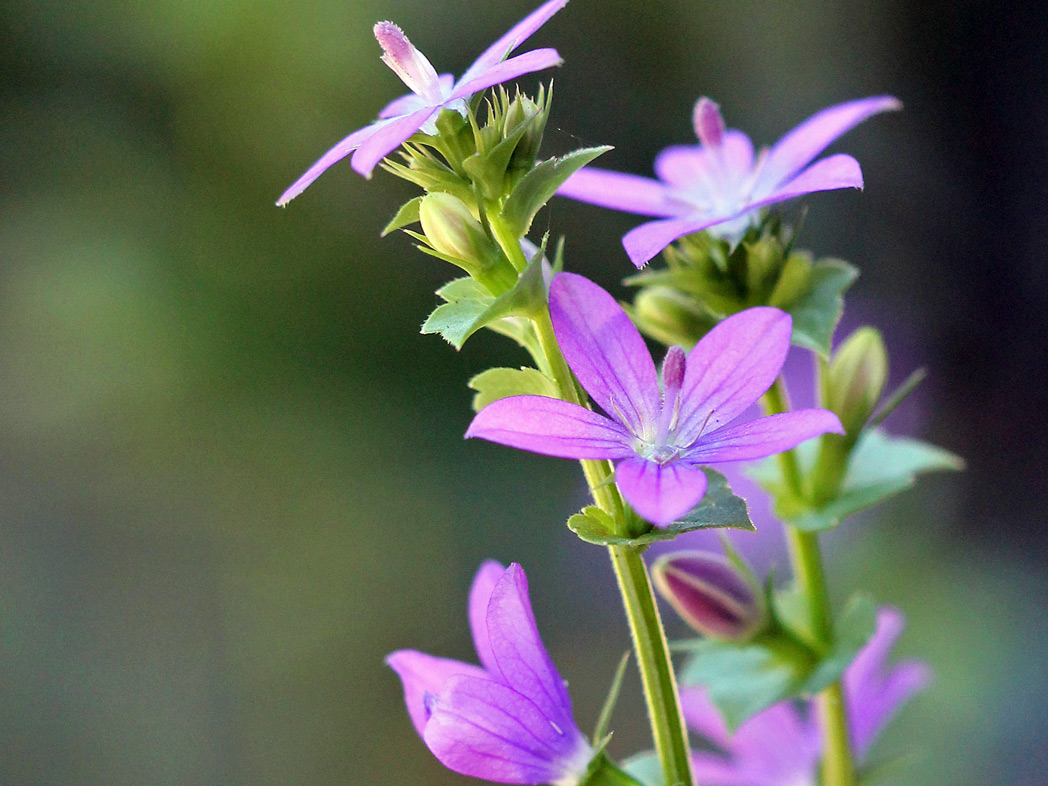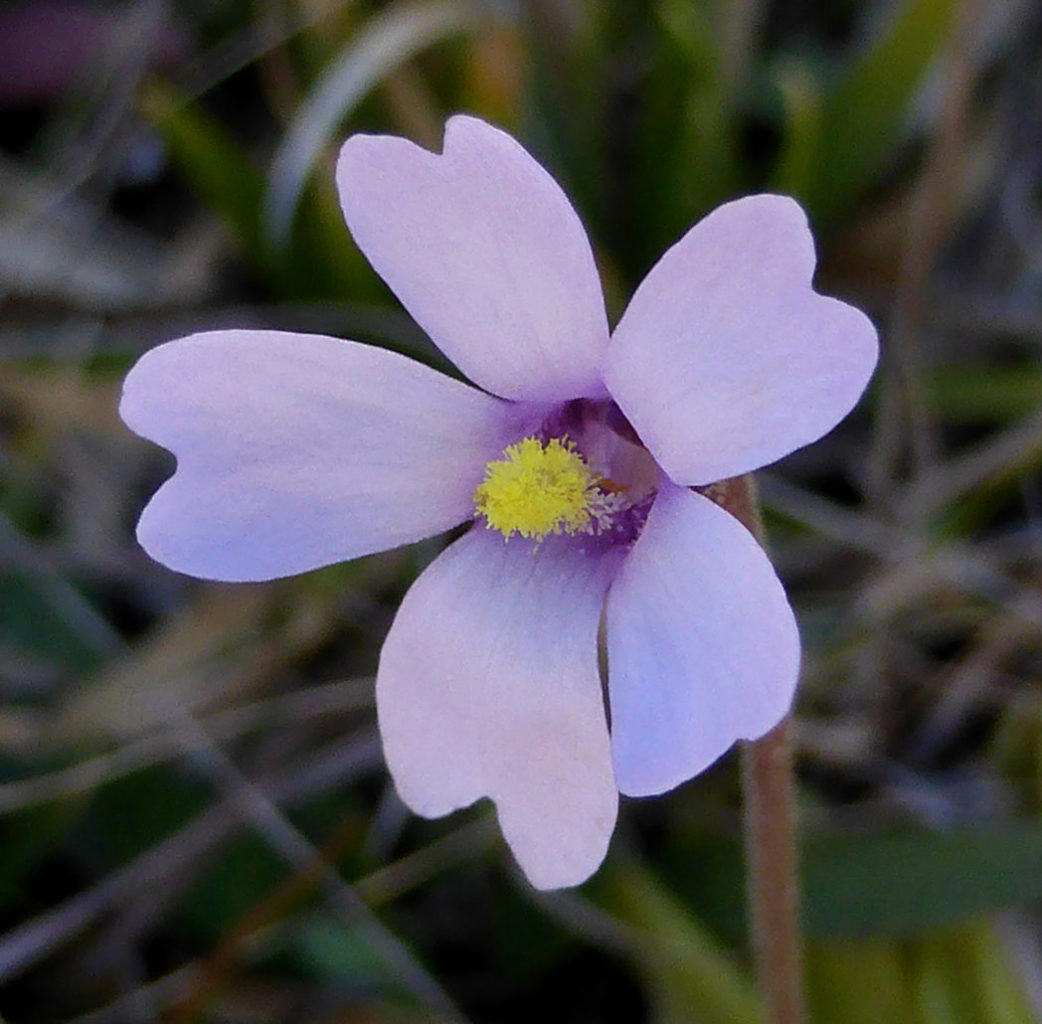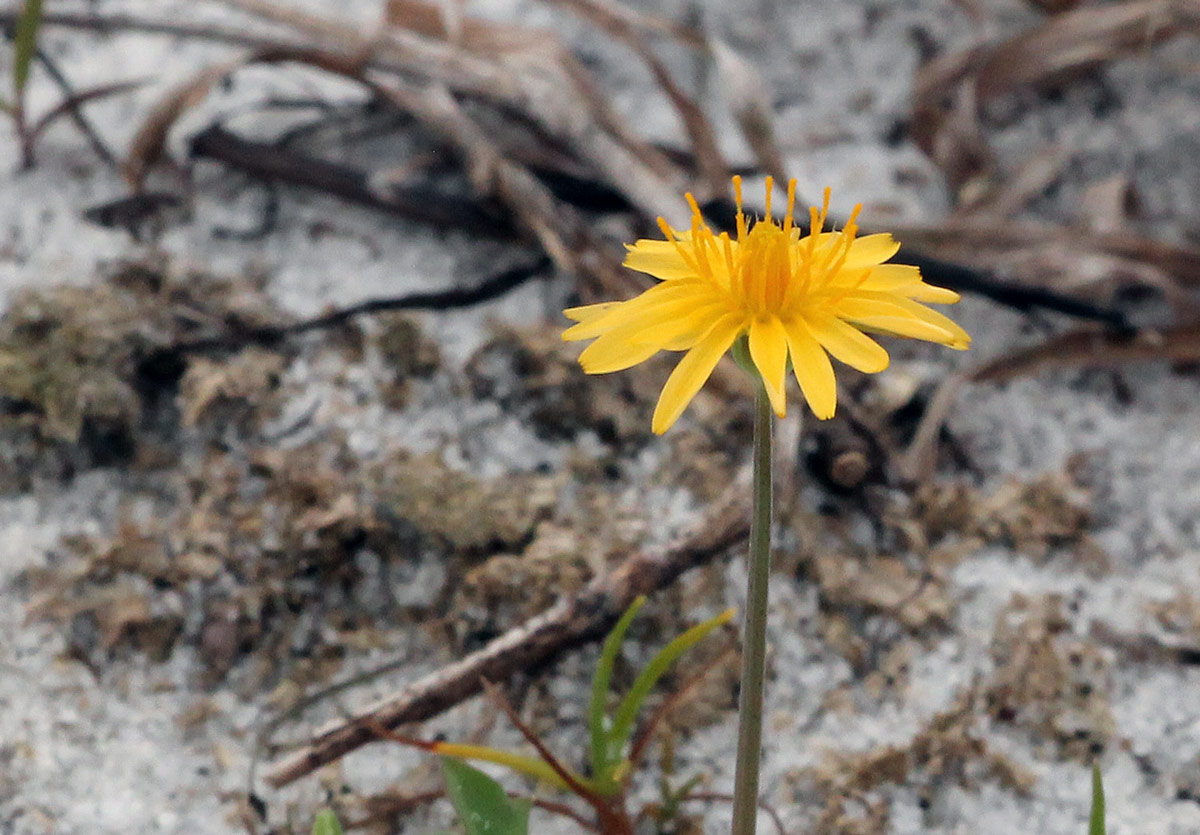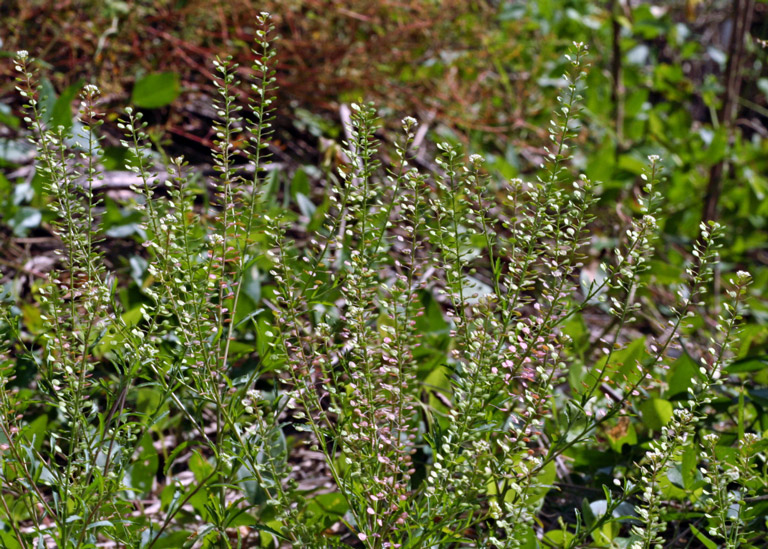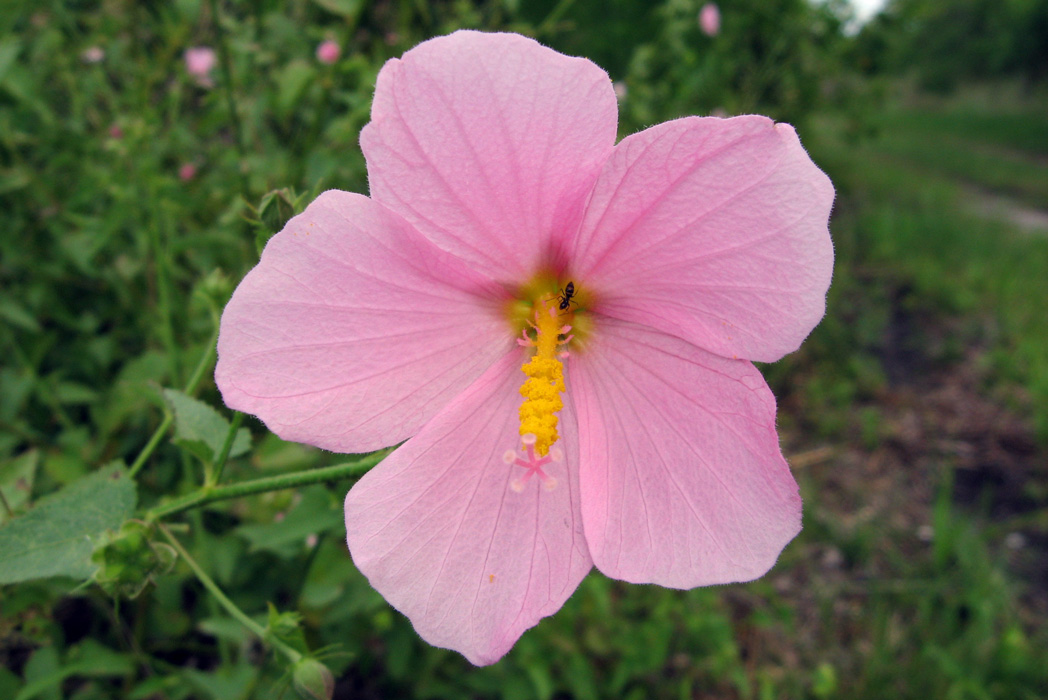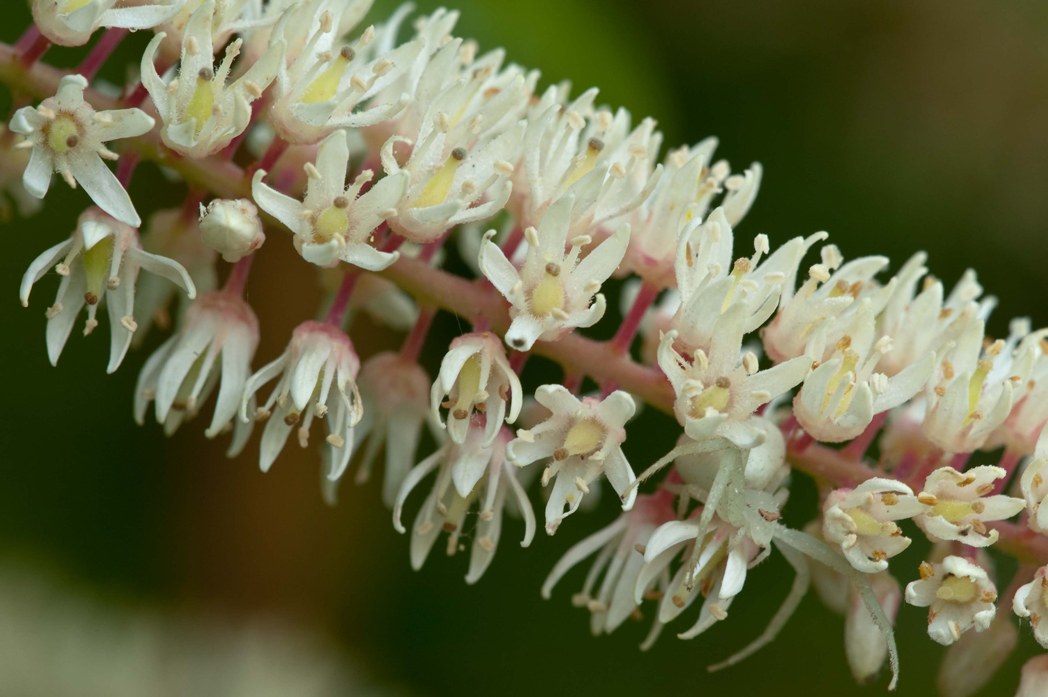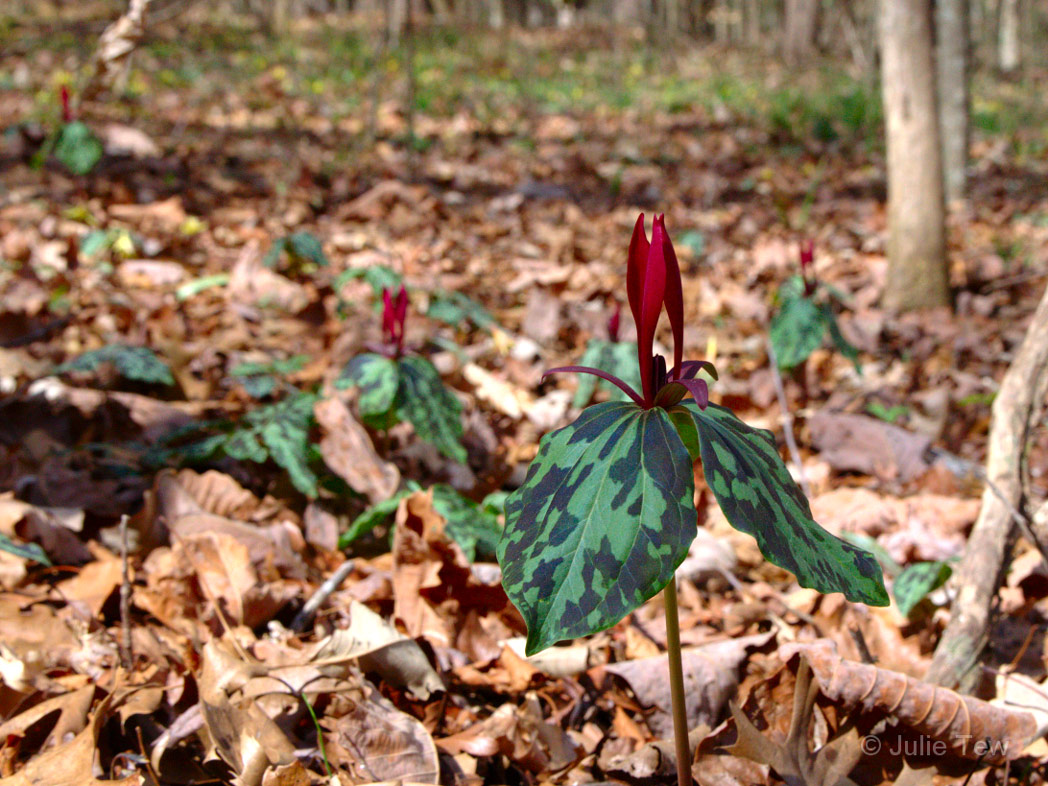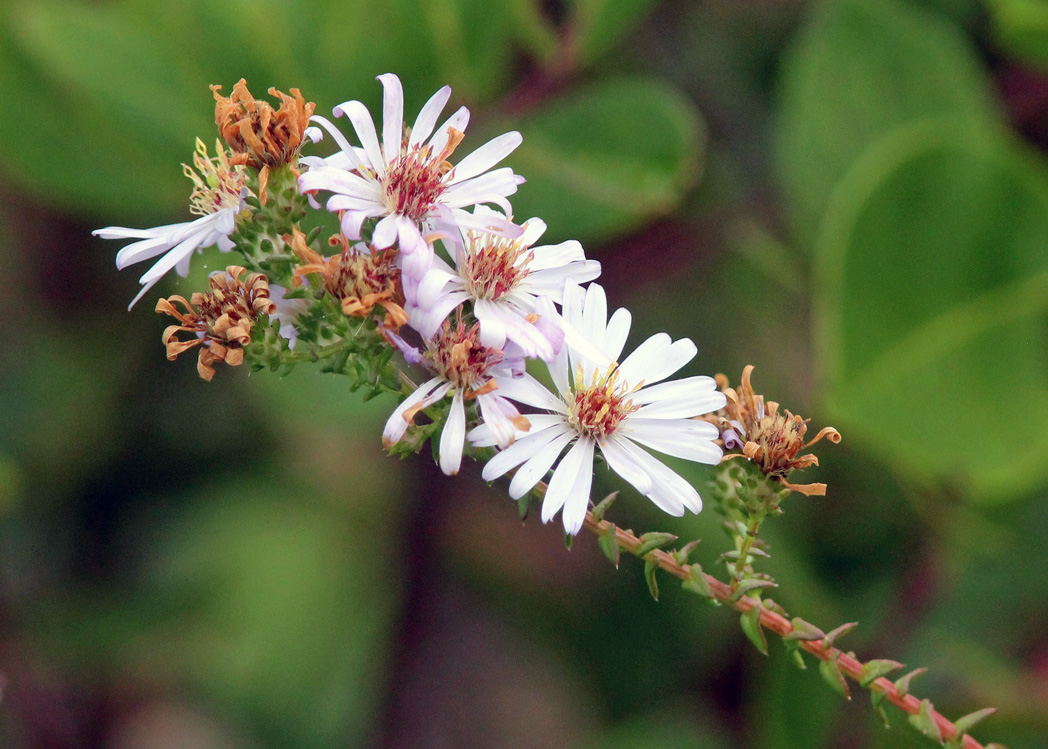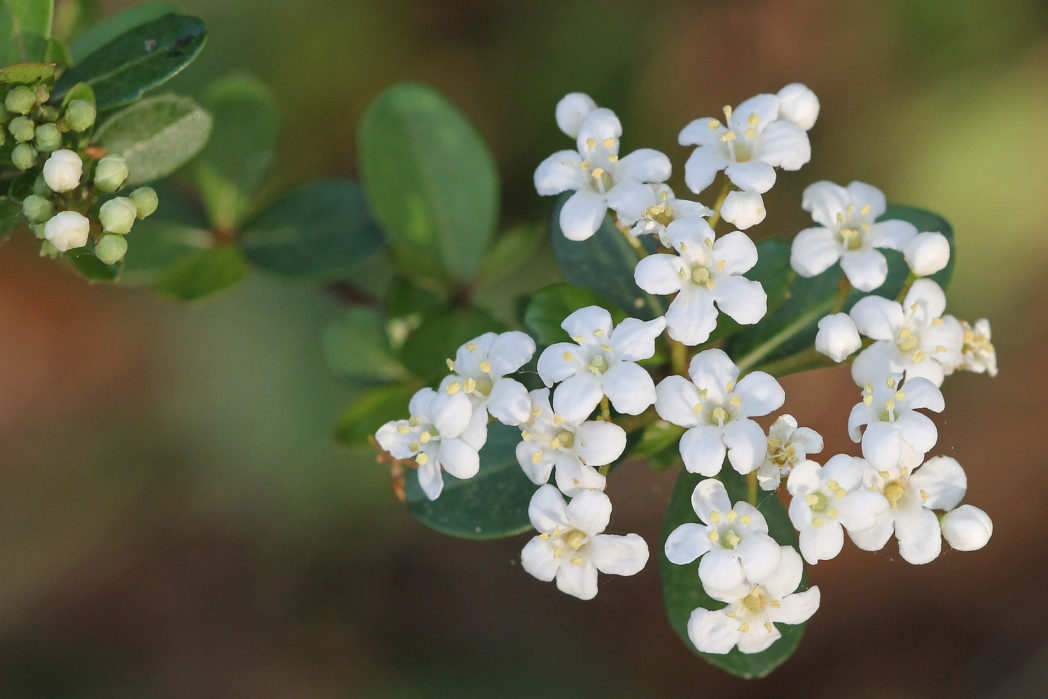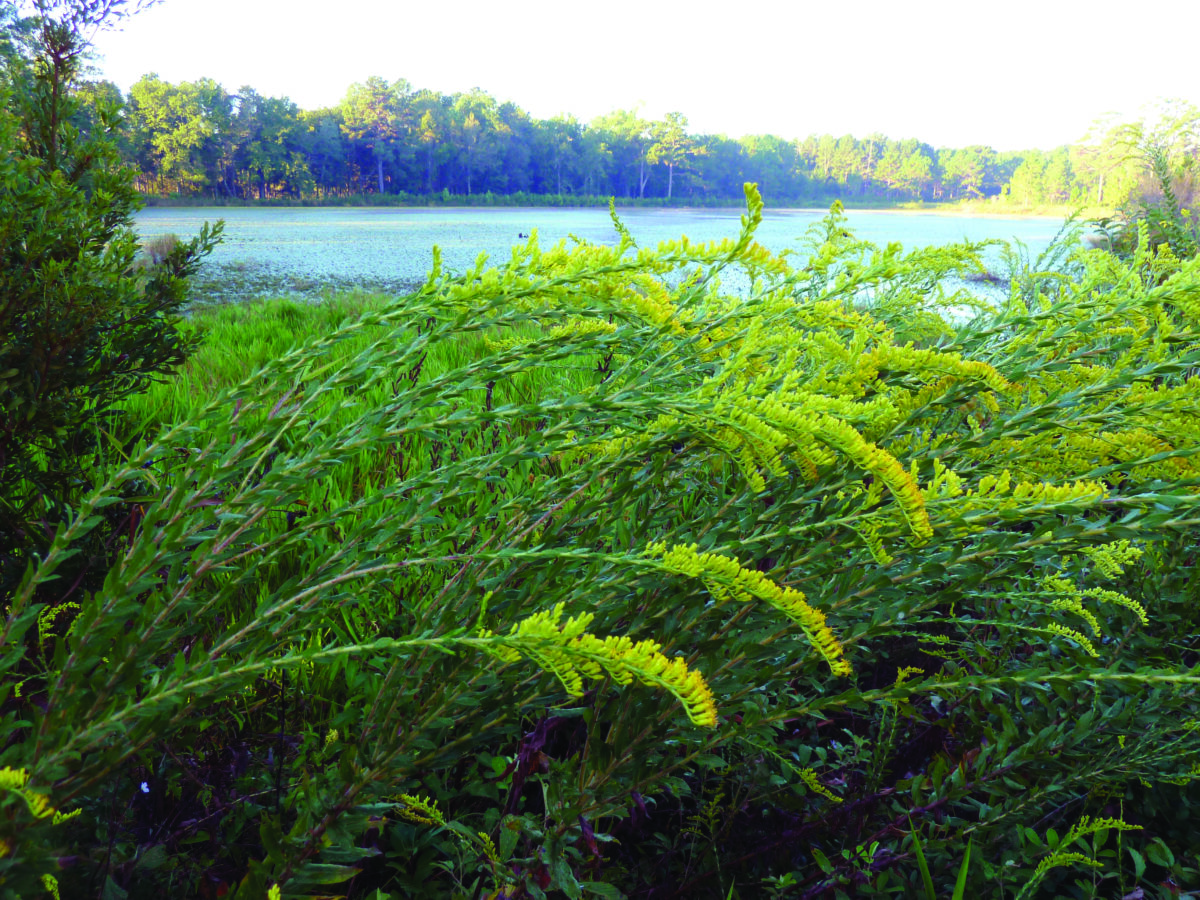Sweet pinxter azalea
Sweet pinxter azalea (Rhododendron canescens) has showy pinkish- to rose-colored flowers that bloom in spring. They attract a number of pollinators, including hummingbirds.
Sweetscent
Sweetscent (Pluchea odorata) has rosy pink blooms that appear summer through fall. Its sweet-smelling leaves and flowers are very attractive to butterflies and bees.
Tall elephantsfoot
You’d probably expect an elephant-sized flower from a plant called Tall elephantsfoot (Elephantopus elatus), but it’s not the flower that gives this plant its name.
Tarflower
Tarflower (Bejaria racemosa) is a woody evergreen shrub with showy white to pinkish flowers. It occurs naturally in scrub, pine flatwoods and scrubby flatwoods and is found in most of peninsular Florida, but its native range does not extend into the Panhandle. It gets its common name from its sticky flowers that attract and then trap bees, flies and other insects.
Tenangle pipewort
Also known as Hat pins and Bog buttons, Tenangle pipewort (Eriocaulon decangulare) is a wildflower easily recognized by its many white button-like flowers.
Thistleleaf aster
Thistleleaf aster (Eurybia eryngiifolia) is an herbaceous perennial wildflower. Its fairly large flowers bloom late spring through fall and are loved by many bees and butterflies.
Titusville balm
Titusville balm (Dicerandra thinicola) is a state-listed endangered wildflower endemic to Brevard County where it is restricted to an approximately 30-mile range.
Toothpetal false reinorchid
Toothpetal false reinorchid (Habenaria floribunda) is one of Florida’s most common terrestrial orchids. It is found in swamps and hardwood forests throughout most of peninsular Florida and typically blooms fall through winter. The semi-showy flowers are aromatic, emitting either a sweet fragrance or an unpleasant odor, depending on who you ask.
Tread-softly
Tread-softly (Cnidoscolus stimulosus) is a low-growing prickly wildflower. It’s easy to see how it gets its common name, and its scientific name is just as telling.
Tropical sage
Tropical sage (Salvia coccinea) is a versatile perennial wildflower that no pollinator can resist, but it is particularly attractive to bees, large butterflies and hummingbirds.
Trumpet creeper
Trumpet creeper (Campsis radicans) is a high-climbing woody vine so named because its showy flowers are trumpet-shaped. They bloom year-round and are very attractive to hummingbirds.
Tuberous grasspink
Tuberous grasspink (Calopogon tuberosus ) is a showy terrestrial orchid that blooms across Florida each spring. It occurs in bogs and wet flatwoods, prairies and roadsides.
Vanillaleaf
Meet Vanillaleaf, the odiferous Carphephorus! Perhaps the most telling of common names, Vanillaleaf refers to the vanilla-like scent that the plant’s wilting leaves emit when crushed.
Velvetleaf milkweed
Velvetleaf milkweed (Asclepias tomentosa) is a robust wildflower found in sandy upland habitats across the Southeastern Coastal Plain.
Venus’ looking glass
Clasping Venus’ looking-glass (Triodanis perfoliata) is an annual herbaceous wildflower that typically flowers late winter through spring. It is pollinated by bees, flies and small butterflies and moths.
Violet butterwort
Violet butterwort (Pinguicula ionantha) is a rare insectivorous wildflower. That’s right — it eats insects! Hairs on its leaf surface secrete a sticky substance in which insects become trapped.
Virginia dwarfdandelion
Virginia dwarfdandelion (Krigia virginica) is a modest little wildflower found in pine flatwoods, scrub and disturbed sites throughout North and Central Florida.
Virginia pepperweed
A member of the mustard family, Virginia pepperweed (Lepidium virginicum) is edible to humans. It is the host plant for the checkered white and Great Southern white butterflies. Bees love it, too!
Virginia saltmarsh mallow
Virginia saltmarsh mallow (Kosteletzkya pentacarpos) is a shrub-like wildflower with showy pink blooms. It occurs naturally in salt and freshwater marshes, swamps, sloughs, coastal swales and wet thickets throughout much of the state. It blooms spring through fall, peaking in summer and attracting butterflies, hummingbirds and ants.
Virginia willow
Virginia willow (Itea virginica) is a spreading shrub with showy spikes of tiny white flowers that bloom late winter through early summer. The plant provides food and cover for wildlife.
Wakerobin
Wakerobins (Trillium spp.) typically blooms in late winter before the tree canopy leafs out, but can bloom as late as early spring.
Walter’s aster
Walter’s aster (Symphyotrichum walteri) in late fall and early winter, providing nectar and pollen to butterflies, bees and other pollinators at a time when floral resources are limited.
Walter’s viburnum
Walter’s viburnum (Viburnum obovatum) has showy spring flowers that pollinators love, and produce abundant fruit in summer and fall on which birds and other wildlife feast.
Wand goldenrod
Wand goldenrod (Solidago stricta) persists in wetter environments than most of our other native goldenrods, occurring naturally in wet flatwoods and prairies.

